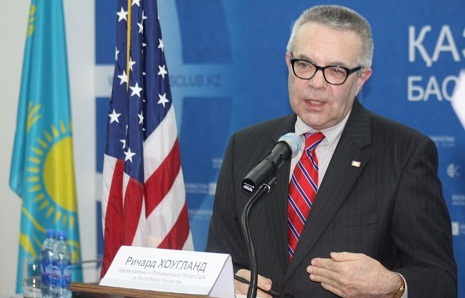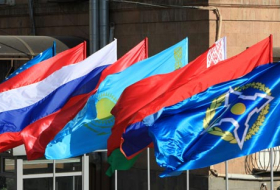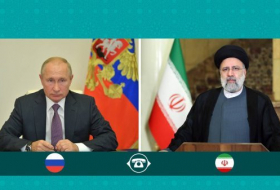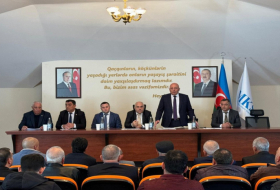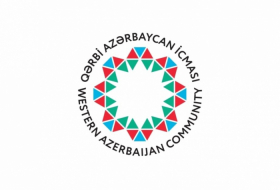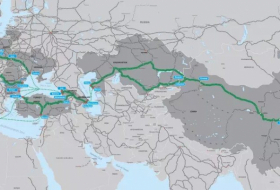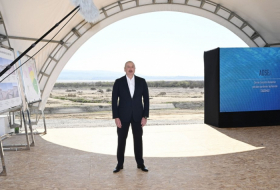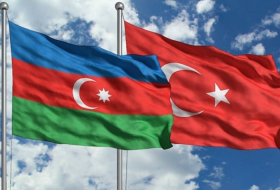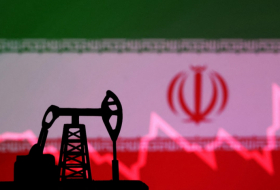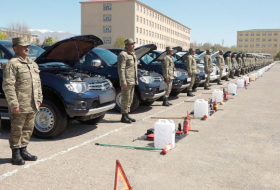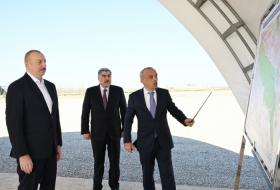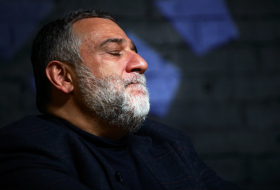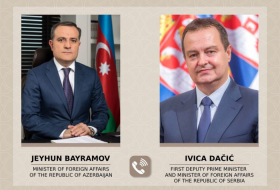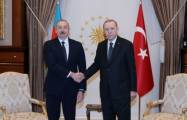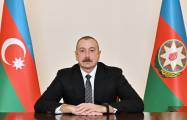There are documents already on the table and the challenge is to help the sides find political will to take a step forward to deliver the peace and stability that the populations deserve, Hoagland said.
Generations of young people have grown up in Armenia and Azerbaijan and they have no first hand contact with the other side, he said.
“We focus on the principles and commitment that pertain to non-use or threat of force, territorial integrity and equal rights and self-determination of peoples,” Hoagland said.
The Minsk Group co-chairs constantly work to bring the sides of the conflict together and develop new approaches for the peace process, according to him.
“We haven’t given up, no one has given up,” he said, adding everyone is still looking for that final peace.
“We would like to see the [Azerbaijani, Armenian] presidents get together again,” Hoagland said.
When such top level negotiations commence, the parties should reconfirm how they will implement the confidence building measures agreed about in 2016 at meetings in Vienna and St. Petersburg, according to him.
Once we get into such peaceful negotiations, there is a much broader range of practical issues that we can put on the table to begin to benefit all sides immediately, including economic and commercial issues.
Hoagland said the US remains ready to help in any way it can, but of course, it is up to the governments of Armenia and Azerbaijan to take the steps necessary for the lasting peace. They should consider measures, even unilateral ones, that will demonstrate their strong commitment to making progress, reducing tensions and improving the atmosphere for negotiations, and prepare their populations for peace not war, according to him.
“I continue to be optimistic,” Hoagland said.
The conflict between the two South Caucasus countries began in 1988 when Armenia made territorial claims against Azerbaijan. As a result of the ensuing war, in 1992 Armenian armed forces occupied 20 percent of Azerbaijan, including the Nagorno-Karabakh region and seven surrounding districts.
The 1994 ceasefire agreement was followed by peace negotiations. Armenia has not yet implemented four UN Security Council resolutions on withdrawal of its armed forces from the Nagorno-Karabakh and the surrounding districts.
More about: #OSCE #Hoagland #KarabakhConflict








